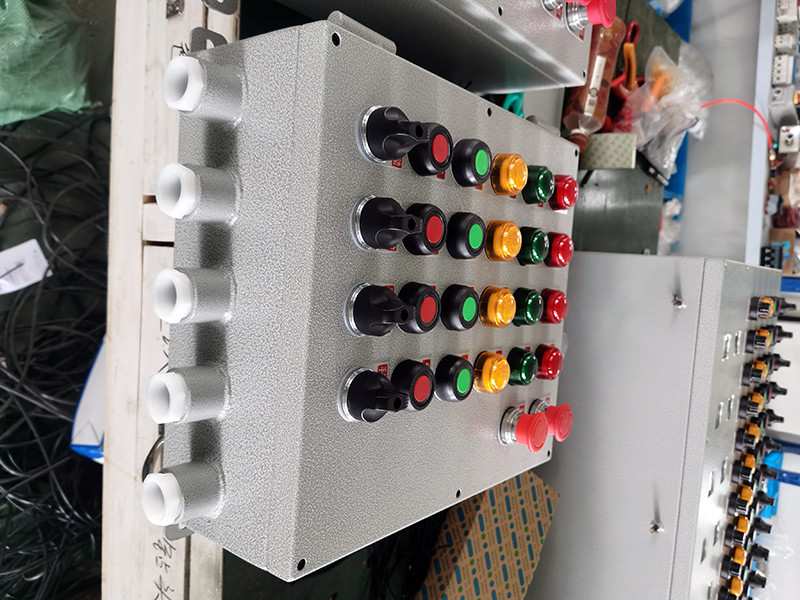I muri i te wehewehenga o nga huinga huinga i runga i nga mahere hanga, ka taea te whakatau i te raupapa o te huihuinga.

Ko tenei raupapa ka tiimata me nga waahanga takitahi me nga waahanga ka mutu ki te huihuinga whakamutunga. Te Tūtohi Pūnaha Huihuinga (Pikitia 7.6) he tohu kauwhata enei hononga me nga raupapa, whakarato i te tirohanga roa o te haerenga katoa mai i nga waahanga tuatahi ki te huihuinga whakamutunga.
He rite ki te kaari kaari kaari, Ko te tūtohi o te punaha o te Runanga te mahi he whakatakotoranga tuhinga mo nga whakaritenga whakahaere.
I te wa e whakatakoto ana i te raupapa huihuinga, Me utu nga aro ki nga wero pea. Ahakoa i muri i te tātari i nga waahanga me nga waahanga mo te whakariterite hanganga hanganga, Ka taea e te raupapa whaikorero te whakararu i te mahinga. Hei tauira, Ko te whakauru i tetahi waahanga i roto i te riipene hohonu i te tuatahi ka aukati i te whakaurunga o nga waahanga whai muri mai, Ahakoa ki te mea ko te huihuinga hanganga te hangarau. 'Wawao’ Ka puta ana i te wa kaore e pokanoa te waahanga, te waeine ranei i te hoahoa engari ka kore e taea te korero na te waahanga o te huihuinga huihuinga. Ko tenei ahuatanga kaore i te mea noa i roto i nga huihuinga me nga hanganga matatini.
Ko te hoahoa o te waahanga, i arahina e te tatau i runga i nga pikitia miihini a nga taputapu, kia tino tapaina ia waahanga me tona ingoa, Te nama tuhi, me te rahinga. Ko nga tohu tapanga e whakaatu ngawari ana i nga waahanga e tika ana, nga waahanga, nga huihuinga iti, me o raatau rahinga i te wa huihuinga.
He mea nui ano hoki ki te whakauru i nga taonga kua hokona i roto i nga waahanga, nga waahanga, A ko nga huihuinga i roto i te raarangi kohinga, te tohu i o raatau ingoa, tauira, tautanga, me te rahinga.
Ko te tūtohi o te punaha o te Runanga te tikanga e mahi ana mo nga hua iti, iti ranei. Heoi ano, I roto i nga ahuatanga whakaputa nui-nui, Me whakamahi i te taha o te kaari tukatuka mo te mahi pai.

